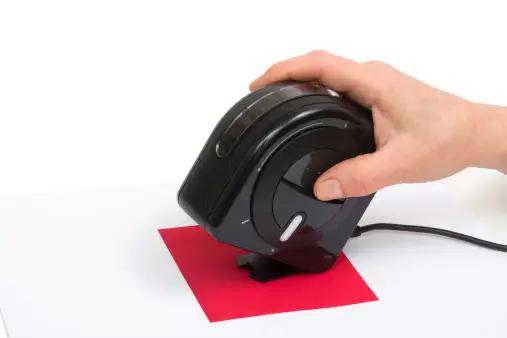As technology continues to advance, it’s no surprise that it’s also revolutionizing the way we manufacture products. 3D printing, also known as additive manufacturing, has emerged as a game-changing technology in the manufacturing industry. But, what exactly is 3D printing and how is it transforming the traditional manufacturing process? In this article, we will delve deeper into the expanding role of 3D printing in manufacturing, and how it is changing the landscape of the industry.
What is 3D Printing and How Does it Work?
At its core, 3D printing is a process of creating three-dimensional objects from a digital design. It works by printing layers of material on top of each other until the final object is formed. This process is also known as additive manufacturing because it adds layers of material to create the final product, as opposed to traditional subtractive manufacturing, which involves cutting or drilling away material.
The Evolution of 3D Printing in Manufacturing
Initially, 3D printing was mostly used for prototyping. It allowed manufacturers to create a physical model of their product before investing in expensive tooling for mass production. This helped them identify any design flaws and make necessary changes before going into full production.
But, as the technology progressed, so did its capabilities. Today, 3D printing has expanded beyond just prototyping and is being used for end-use parts, tooling, and even production of full-fledged products. This means that manufacturers can now create products using 3D printing instead of using traditional manufacturing methods, such as injection moulding or machining.
Advantages of 3D Printing in Manufacturing
So, what makes 3D printing such a game-changing technology in the manufacturing industry? Let’s take a look at some of its key advantages:
Enhanced Customization: With 3D printing, manufacturers can create highly customized products with intricate designs and complex geometries that would be impossible or too expensive to produce with traditional methods. This allows for more creative freedom and better design optimization.
Faster Production: Traditional manufacturing processes require tooling and moulds to be created before mass production can begin. With 3D printing, there is no need for these steps, which significantly speeds up production times and reduces lead times.
Cost-Efficiency: 3D printing eliminates the need for multiple tools, dies, and moulds, which can be expensive to create and maintain. It also reduces material waste, making it a more cost-efficient option for production.
Reduced Risk: As mentioned earlier, 3D printing allows for prototyping and testing before mass production begins. This significantly reduces the risk of costly errors or design flaws, saving manufacturers time and money in the long run.
FAQ
Is 3D printing only used for small-scale production?
No, 3D printing is becoming increasingly popular for end-use parts and mass production, especially in industries such as automotive, aerospace, and healthcare.
What materials can be used in 3D printing?
3D printing can use a wide range of materials, including plastics, metals, ceramics, and even food and human tissue.
How does 3D printing affect the supply chain?
With 3D printing, manufacturers can produce products on demand, eliminating the need for large inventories and reducing supply chain costs.
The Future of 3D Printing in Manufacturing
As 3D printing technology continues to advance, its potential in the manufacturing industry seems limitless. With the ability to produce customized products quickly and cost-effectively, 3D printing is poised to change the way we manufacture products for years to come. It also has the potential to revolutionize supply chains, reduce waste, and open up new opportunities for design and innovation.
Conclusion
In a world where customization and speed are increasingly important in manufacturing, 3D printing is becoming an essential tool for manufacturers. Its expanding role in the industry is a testament to its capabilities and potential. As more and more companies embrace 3D printing, we can expect to see a significant shift in the way products are designed, produced, and distributed in the future.



